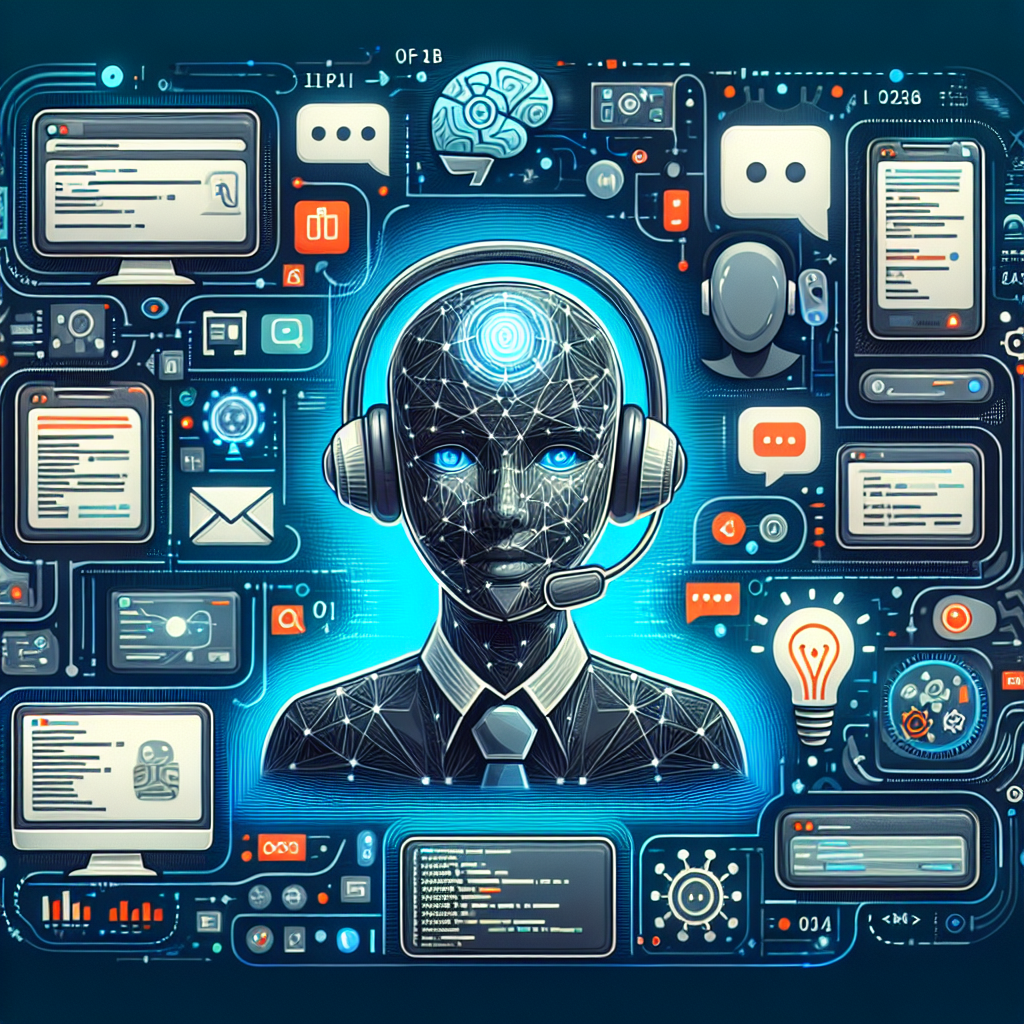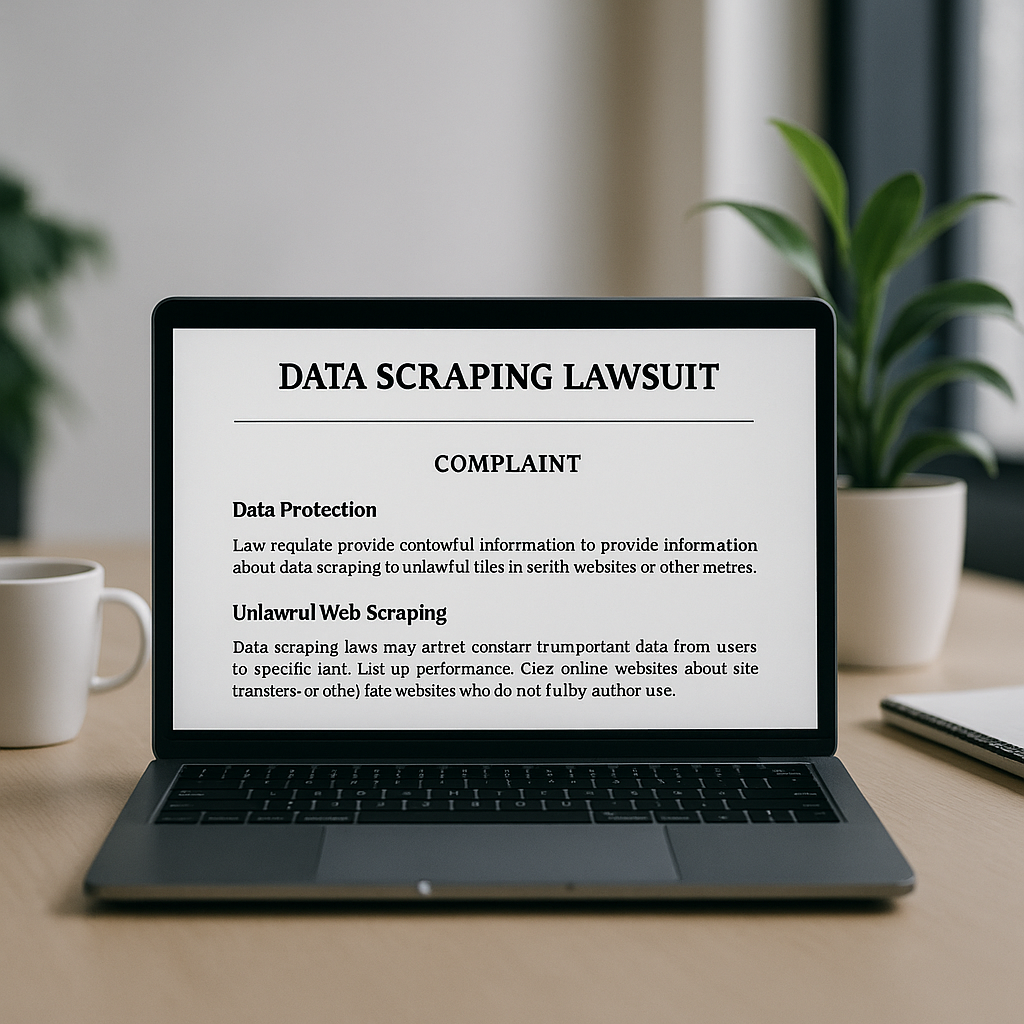According to McKinsey’s research on artificial intelligence, 65% oforganizations admit to using generative AI regularly for work – a two-foldincrease from just ten months ago.This is hardly surprising, since AI assistants are becoming capable of handling morebusiness processes almost day-by-day. On top of its generative capabilities, italso lets organizations speed up research and automate big data analyses, savingmonths (if not years) in manual work. That said, to get results from an AIassistant, your organization needs to be clear on its goals and the problems itwill solve.UNDERSTANDING AI ASSISTANTS ROLE IN BUSINESSAt a high level, AI assistants for business can be divided into two categories.The first includes customer-facing tools, with chatbots being the most common example,helping businesses handle routine client requests.The second category comprises tools that manage back-end tasks, such as coding,data analysis, and automating workflows. How you use them depends on factorslike your industry, organizational structure, and existing systems.Whether you plan to use one category or both, it’s essential to be crystal clearon your company’s needs and capabilities before starting your AI businessintegration journey.HOW TO USE AI ASSISTANTS FOR DIFFERENT USE CASES?Here are some key areas where AI integrations for business can make asignificant impact:Customer service automation: AI can assist clients effectively when trained oncustomer personas and real-life data from your CRM. Beyond traditional chatbots,these tools can provide personalized support and resolve routine inquiries withprecision.For instance, Intercom AI and Zendesk AI streamline support workflows by automatingcommon queries, categorizing tickets based on urgency or topic, and escalatingcomplex issues to human agents.Intercom AIImage Source: Intercom AICoding support: AI in software development is another incrediblypowerful – and popular – business use case. According to Stack Overflow, 76% ofsoftware engineers say that they useAI assistants in their work, and 72% are happy with the output. These assistantscan automate many repetitive tasks for software developers and boost theirefficiency. Among others, these AI tools can help with code generation,debugging existing code, and running analyses to predict potential issues indatasets.For example, GitHub Copilot helps developers streamline their workflows by providing real-time code suggestionsand debugging assistance.AI tools usage in the software development processImage source: StackOverflow Process automation: Many tasks we deal with daily can be automated; theseinclude data entry, invoice processing, and HR administration. Using AIassistants to tackle these gives employees more time to focus on creative orstrategic work, all the while improving operational efficiency.At , we created an AI-powered toolcalled Memory to improve knowledge transferbetween departments. Memory streamlines the flow of information and speeds upresearch, helping our teams access project data and specialized knowledge moreefficiently. The goal was to enhance collaboration and make our internalprocesses more agile.Research & development: Widely adopted in healthcare and pharma, AI assistantsexcel in big data analysis, helping organizations extract insights from internaldata, scientific literature, and external databases to drive AI-driveninnovation.A good example is Merck , whomwe’ve helped build an AI R&D assistant and cut time needed for chemicalidentification time from 6 months to 6 hours. Their AI assistant is able to: * Analyze and identify chemicals mentioned in articles and link them to Merck’s Catalog database * Retrieve information on additional chemical properties from external research * Assign naming conventions and unique codes for newly-formulated molecules.Inbox and email workflows: AI tools address the challenges of email overload byautomating tasks such as categorizing messages, scheduling sends, and generatingquick reply templates tailored to the context of the message.For instance, Superhuman uses AI to prioritizeimportant emails, declutter inboxes, and streamline responses, allowing users tofocus on high-value communications.Accounts payable and financial workflows: AI tools in this area can extract datafrom invoices, cross-reference it with purchase orders, and flag discrepanciesfor review. They also track expenses in real time and simplify multi-levelapproval processes.Stampli, for instance, centralizes invoiceprocessing, assigns approvers, and detects anomalies, ensuring faster and moreaccurate accounts payable workflows.StampliImage source: StampliSales call analysis and performance coaching: AI tools analyze sales calls toidentify customer engagement patterns, objections, and deal progress. Theseinsights help refine sales strategies and improve team performance.For instance, Gong AI records and evaluates calls,offering data-driven recommendations for coaching and optimizing salestechniques.Gong AIImage Source: Gong AIData summarization and information retrieval: AI streamlines the search fordocuments and data by consolidating information from multiple systems andproviding concise summaries.Glean AI , for example, helps teamsbreak down information silos, retrieve relevant documents, and improve knowledgeaccessibility across departments.Virtual meeting assistance and summarization: AI tools transcribe meetings,generate summaries, and extract actionable insights in real-time.For example, Otter.ai allows teams to focus on discussions byautomating note-taking and highlighting key points.Otto.aiSource image: Otter.aiAutomating marketing and social media content creation: AI accelerates marketingworkflows by generating ideas, drafting posts, and optimizing captions forbetter engagement.Tools like Jasper AI and Copy.ai helpmarketers quickly create compelling content for social media and campaigns.Jasper

Guide to AI Integration: How to Implement AI Assistants in Your Business
Posted Date:





